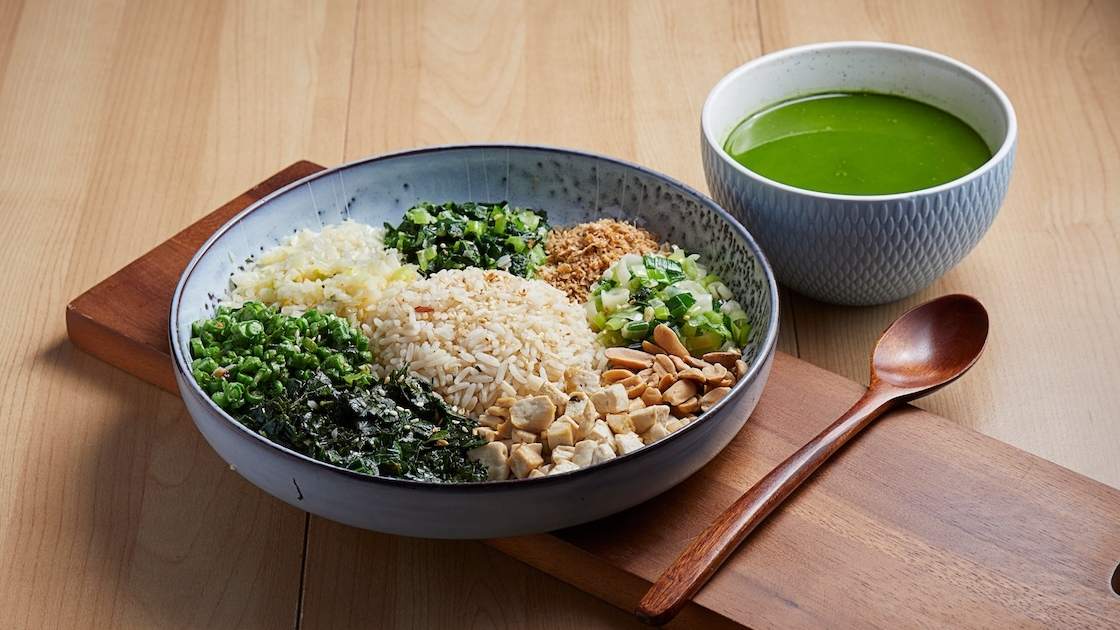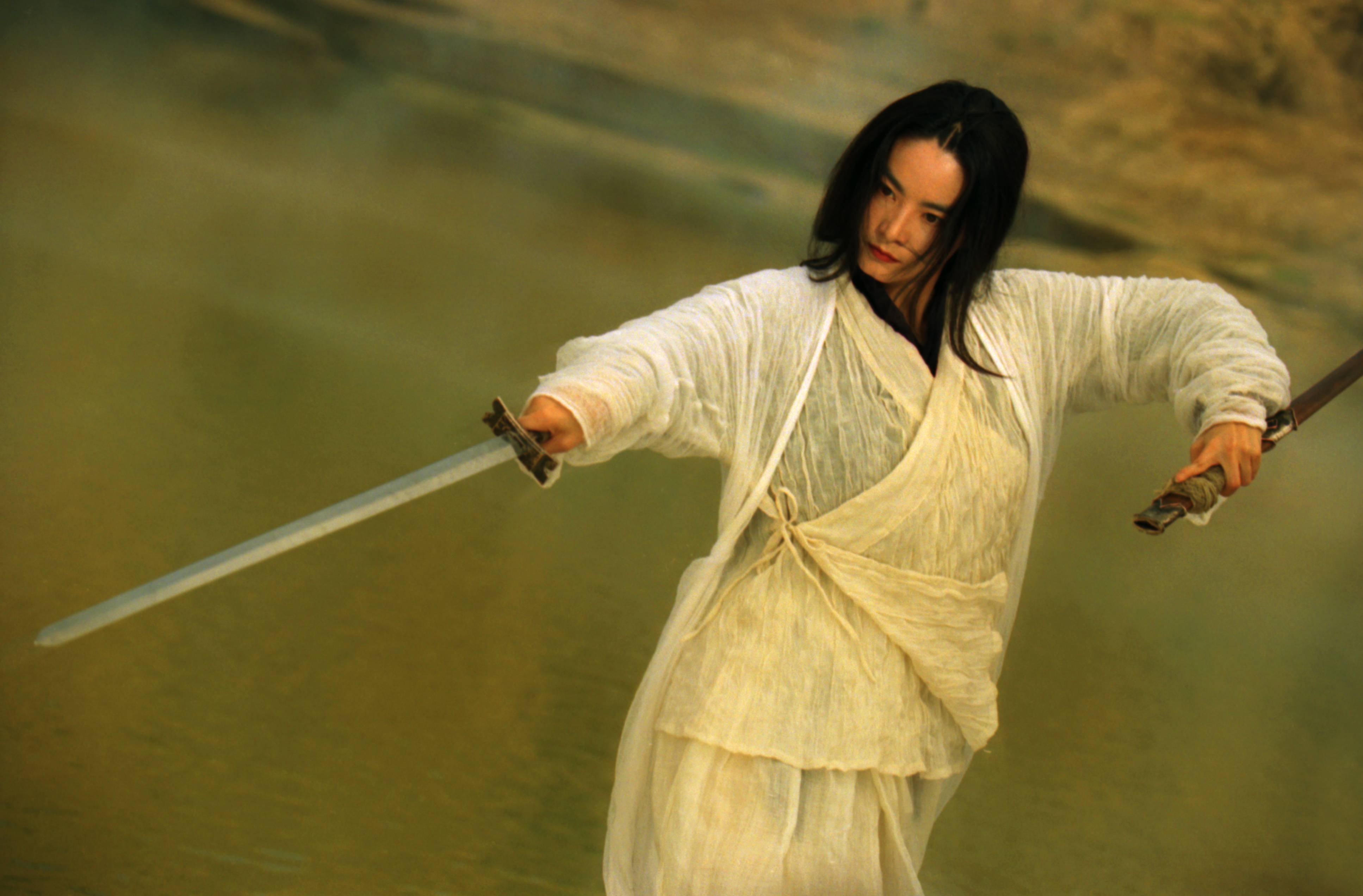Twenty-five years ago today, on the morning of September 20, 1994, Tian Mingjian, a seriously disgruntled PLA officer gunned down 17 people in the center of Beijing including Iranian diplomat Yousef Mohammadi Pishknari and Pishknari’s 9-year-old son. Over 70 people were injured in the gun battle between Tian and Beijing police and army units. The terror ended when Tian was shot by a sniper.
Tian Mingjian, 30 years old at the time, was a first lieutenant assigned to a base in what is today the city’s Tongzhou district. He was known as a good military man, intelligent, and a top student at the Shijiazhuang Army School. Tian was a skilled sharpshooter and weapons master, but he had also been reprimanded for his temper and had even been demoted once after an altercation between him and another soldier turned physical.

Tian was also married. There is a theory, vigorously denied by Chinese authorities, that it was a violation of the One Child Policy which caused Tian to snap finally. At the time, Tian and his wife already had a daughter, but Tian wanted a son. His wife became pregnant again, but when the violation was discovered (likely by local family planning officials as Tian’s wife was not living on the base but back home with relatives), Tian’s wife was forced to have an abortion. Complications ensued, and she died during the procedure. The fetus was apparently male.
On the evening of September 19, Tian convinced one of the guards at the base storage unit to let Tian borrow his keys. Tian opened up the unit and removed a Type 81 Assault Rifle, a Chinese knock-off of the AK-47, and hundreds of rounds of ammunition in clips. Early the next morning, Tian took the rifle and killed his regimental political commissar when the unit gathered for routine morning inspections. Tian continued firing, killing three other officers and wounding ten of his fellow soldiers. In the confusion that followed, Tian fled the base, stealing a military jeep and driving west in the direction of downtown Beijing.
As Tian’s jeep reached the Jianguomen Bridge and the East Second Ring Road of Beijing, a pursuing vehicle caught up with Tian’s jeep and forced Tian off the road. Tian got out and according to eyewitnesses began shooting indiscriminately at pedestrians, buses, cars, and buildings. The shootings occurred just outside the Diplomatic Residence Compound in full view of many of the apartments there. A Canadian television station began to broadcast the events live before Chinese authorities cut their feed.
The proximity of the diplomatic apartments also meant that many foreign diplomats and their families were in the line of fire when the shooting began. Yousef Pishknari was the government secretary at the Iranian Embassy; he was taking his children to school by car when bullets strafed his vehicle. Pishknari was killed on the spot along with his nine-year-old son. Two of his other children were wounded.
By then, police and army units were rushing to the scene but found themselves outmatched by the gunman. Tian used his military training to hold the police at bay and seven police died in the gun battle. A UPI report of the incident quoted one witness:
“He was calm, firing in bursts like a soldier on exercise. He was not acting like a madman.”
UPI also reported that those killed in the shooting included an older man exercising in a park, a young boy on the back of his mother’s bicycle and at least one passenger of a taxicab killed while the gunman attempted to hijack the car.
The police finally cornered Tian in a dead-end alley where he was shot dead by a sniper positioned overhead in one of the surrounding buildings.

Jianguomen Wai Street in Beijing
There was (and still is) some question about the total number of casualties. The Chinese government swiftly ordered all domestic news media to stop any reporting on the incident, except for a terse 100-word official statement saying authorities had “killed a gunman.” As a result of the news blackout, casualty figures vary with most accounts stating between 14-17 people were killed and 70-75 people wounded.
After the incident, the Central Military Commission and the PLA brass investigated how one of their best-trained warriors went rogue. Several senior officers were demoted or disciplined for failing to stop Tian and for not acting swiftly enough to keep him from escaping the base. Tian’s unit, the Third Guards of the Beijing Garrison, were collectively punished with the unit reassigned to a remote border post. Orders were sent to the entire PLA urging officers to manage their weapon storage better and to “strengthen ideological work.”
In Tehran, the Iranian Foreign Ministry summoned China’s ambassador and demanded an apology and an explanation. Other than the short official statement, no other explanation was forthcoming.
Today, the area around Jianguomen remains one of Beijing’s busiest intersections. The Diplomatic Residence Compound is still there. The overpass and surrounding sidewalks festooned with red banners extolling the 70th Anniversary of the PRC. Although there is a reasonably lengthy entry on Tian Mingjian on Baidu’s answer to Wikipedia, his story is mostly buried in the files of “history the Party would rather everybody forgets.”
Cover photo: Jianguomen Wai Street in Beijing by 海超 刘 on Unsplash
















